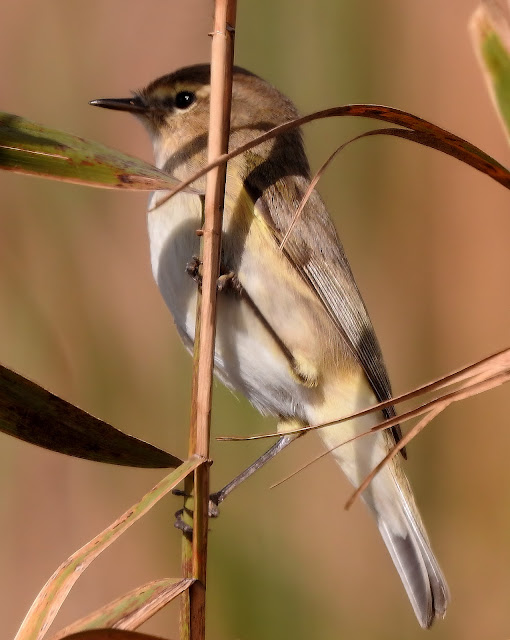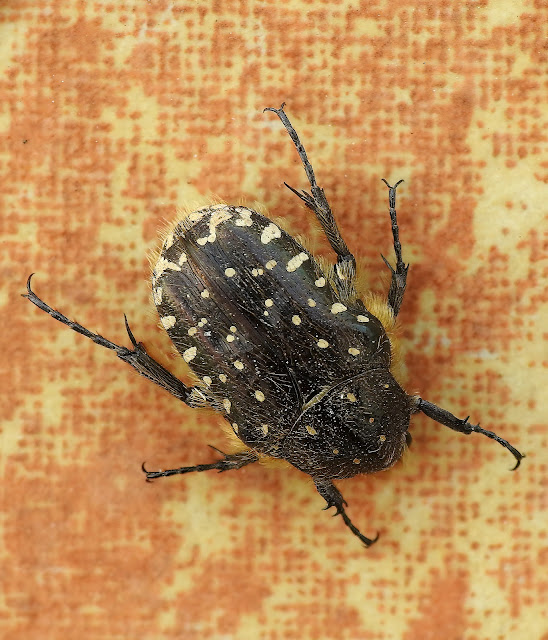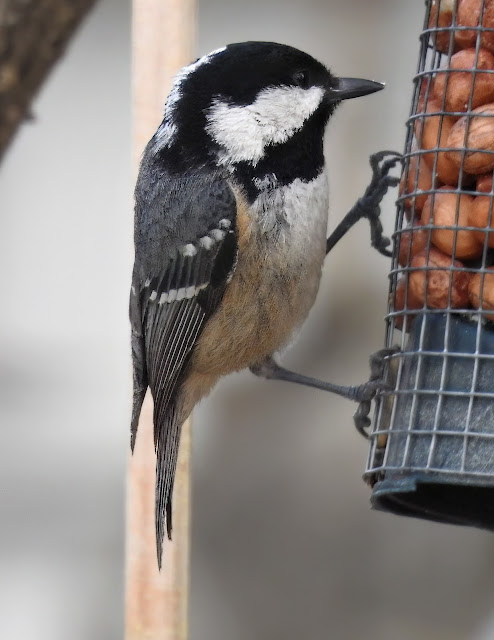This Blog contains Wildlife, Plants and Bird Photos from Walks, Safaris, Birding Trips and Vacations. Most of the pictures have been taken with my Nikon P900 and P950X cameras. Just click on any image for a larger picture. On the right column under the Blog Archive are the entries by date. Below that under Animal categories all the diffent species of Animals, Birds, Insects and Plants contained in the website are listed. Clicking on any entry will show all the entries for that species.
TOTAL PAGEVIEWS
2071419
TRANSLATE
Friday, 24 February 2023
Wednesday, 22 February 2023
Tuesday, 21 February 2023
Monday, 20 February 2023
Sunday, 19 February 2023
Saturday, 18 February 2023
Friday, 17 February 2023
Thursday, 16 February 2023
Wednesday, 15 February 2023
Tuesday, 14 February 2023
19-12-2015 JURONG, SINGAPORE - WHITE WINGED DUCK (Asarcornis scutulata)
The white-winged duck or white-winged wood duck (Asarcornis scutulata) is a large species of duck, formerly placed in the genus Cairina with the Muscovy duck (Cairina moschata) and allied with the dabbling ducks. However, mtDNA cytochrome b and NADH dehydrogenase subunit 2 sequence analysis indicate that the anatomical similarity to the Muscovy duck is deceiving and that the species is appropriately placed in a monotypic genus, as Asarcornis scutulata, which is evolutionarily closer to the redhead (Aythya americana, one of the diving ducks).
Historically, the white-winged duck was widely distributed from northeastern India and Bangladesh, throughout South East Asia to Java and Sumatra. It is now extinct in Java. In India, the duck is found only in the northeastern part of the country, with the main concentration in eastern Assam and adjacent areas of Arunachal Pradesh. However, in 2002 it had a population of only 800, with about 200 in Laos, Thailand, Vietnam and Cambodia, 150 on Sumatra, notably in Way Kambas National Park and 450 in India, Bangladesh and Burma.
In India, the key protected areas for the white-winged duck are Dibru-Saikhowa National Park, Dihing-Patkai Wildlife Sanctuary, Nameri National Park and Namdapha National Park.
The white-winged duck occurs in dense tropical evergreen forests, near rivers and swamps.
They tend to nest in tree cavities, and are threatened in part since the destruction of hollow trees is destroying their nesting localities. The draining of swamps and rivers and other forms of habitat destruction is also destroying the habitat that they could survive in. Additional threats include loss of genetic variability, disturbance, hunting, and collection of eggs and chicks for food or pets.
Monday, 13 February 2023
Subscribe to:
Posts (Atom)












%201.jpg)
%201.jpg)















%201.jpg)














%202.jpg)


